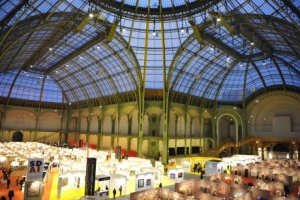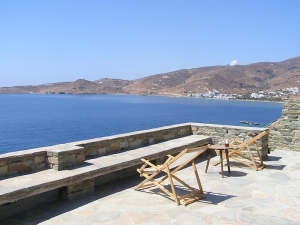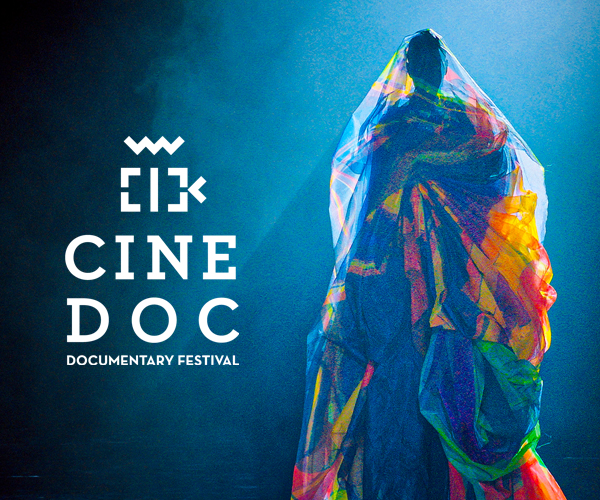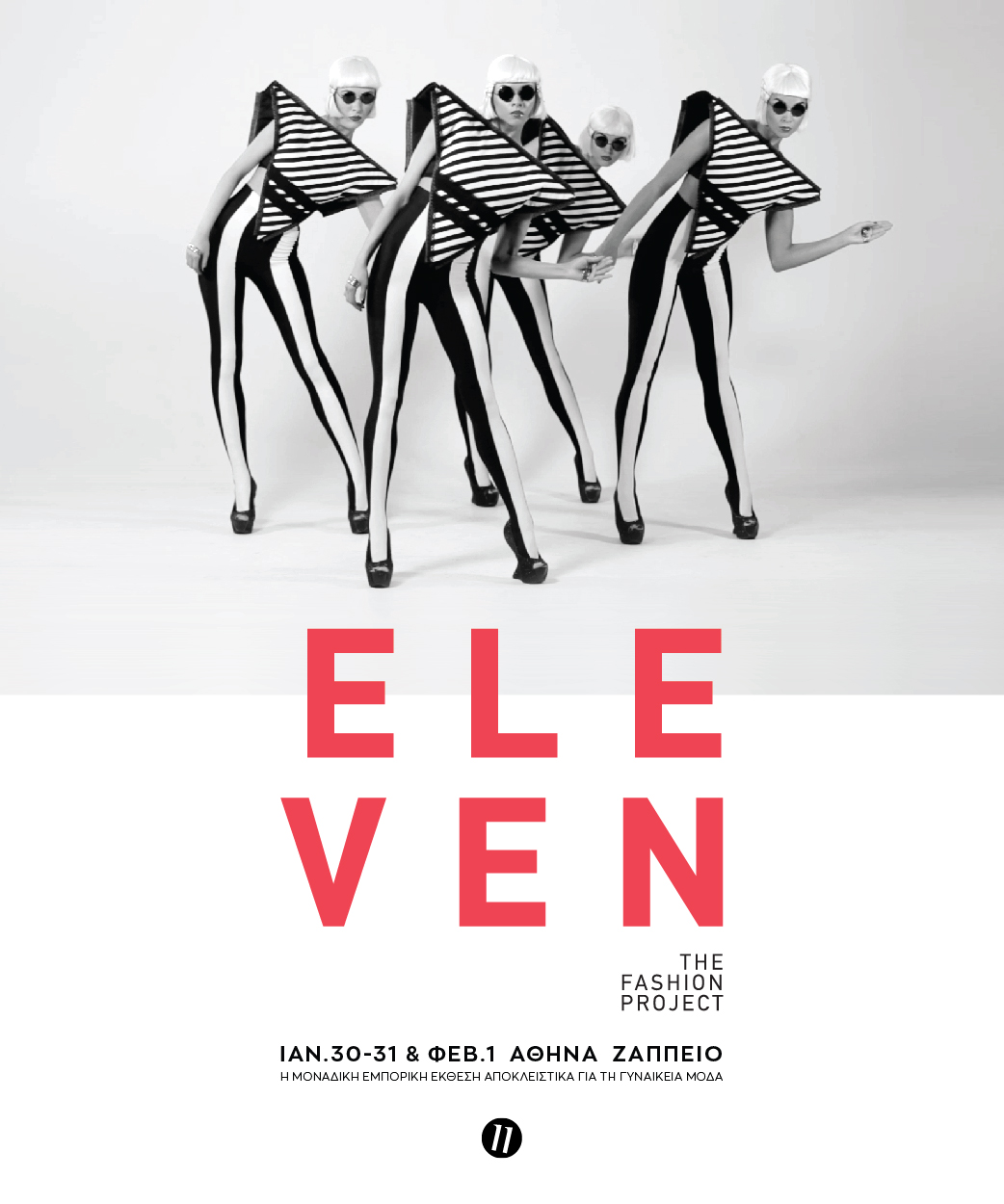Summer goes with books like mac goes with cheese, and since July is here and many of you are already packing up your bags for a vacation, we decided to put together a list of some great books to accompany you this summer.
Not only the below books are great time-killers, but can also teach you some great lessons, boost your self-esteem and challenge you to reassess the way you go about your life. Get ready to hit the beach, stretch out that towel, and bask in the sun with one of the following books by your side!
The Alchemist
This classic novel by Paulo Coehlo follows Santiago, a young Andalusian shepherd, as he embarks on a journey to Egypt in search of some treasure buried in the Pyramids that he dreamt about. However, what begins as a journey to discover earthly goods quickly transforms into a discovery of our inner treasure; the one that lies within us. Using rich imagery, the book promises to take us away to unknown lands, inspire us, and teach us the power of dreams and the importance of listening to our hearts.
Favorite Quote: “It's the possibility of having a dream come true that makes life interesting.”
The Secret
What if wanting something a lot is enough to actually make it happen? Well, that is the message Secret by Rhonda Byrne aims to convey. The book is based on the belief of the pseudoscientific law of attraction, which claims that thoughts can change a person's life directly. If you need a book to boost your motivation, empower you, and help you focus on what you want to achieve rather than constantly worrying about things you don’t want to happen, this book can be life-transforming for you!
Favorite Quote: “There is a truth deep down inside of you that has been waiting for you to discover it, and that truth is this: you deserve all good things life has to offer."
The Courage To Be Disliked
Based on the theories of Alfred Adler, one of the most influential psychologists of the 19th century, this book addresses our self-concepts and asks us to reevaluate our whole way of living. Promoting the profoundly liberating concept of determining our own future, free of past experiences, doubts, and the expectations of others, the book helps us overcome our fears and ignore the limitations imposed by others (and sometimes ourselves) in order to achieve true change.
Favorite Quote: “But as long as one continues to use one’s misfortune to one’s advantage in order to be ‘special’, one will always need that misfortune.”
How To Stop Worrying And Start Living
As the title suggests, Dale Carnegie's six-million-copy bestseller does exactly what promises to do; help people conquer worry and lead a life as stress-free as possible. It offers a set of practical formulas we can put to work in order to break free of worrying, the most destructive habit of all. If you spend most of your time pondering the “what ifs” of life, this book is just for you!
Favorite Quote: “Two men looked out from prison bars. One saw the mud, the other saw stars.”
The Happiness Hypothesis
For centuries people have been pursuing happiness, but what if, all this time, it has been within us? This book by Jonathan Haidt refutes the common hypothesis that happiness stems from getting what we want since it’s not a destination or an achievement; it’s a way of life. It’s a book about ten Great Ideas, a book about deeply understanding the world's philosophical wisdom, and a book about how to construct a life of fulfillment, virtue, and meaning.
Favorite Quote: “There is nothing either good or bad, but thinking makes it so.”













